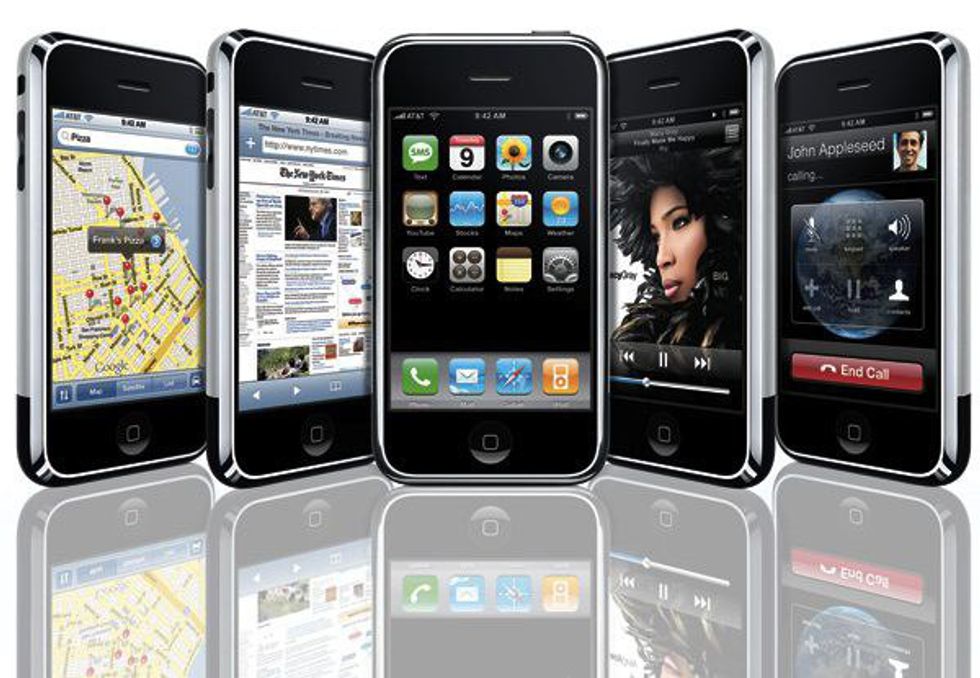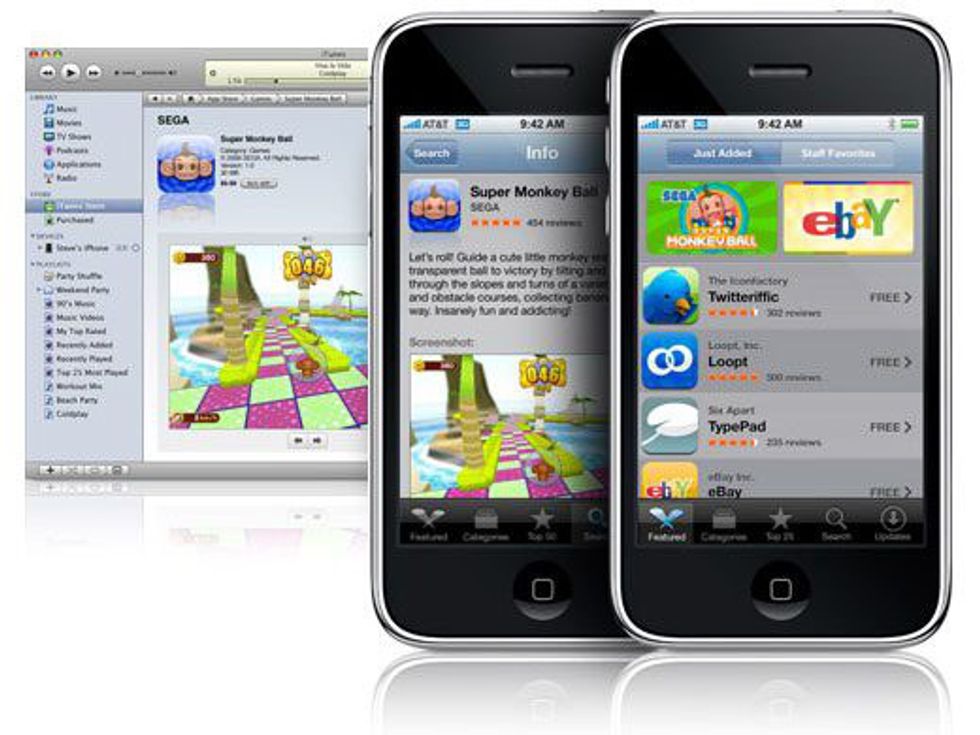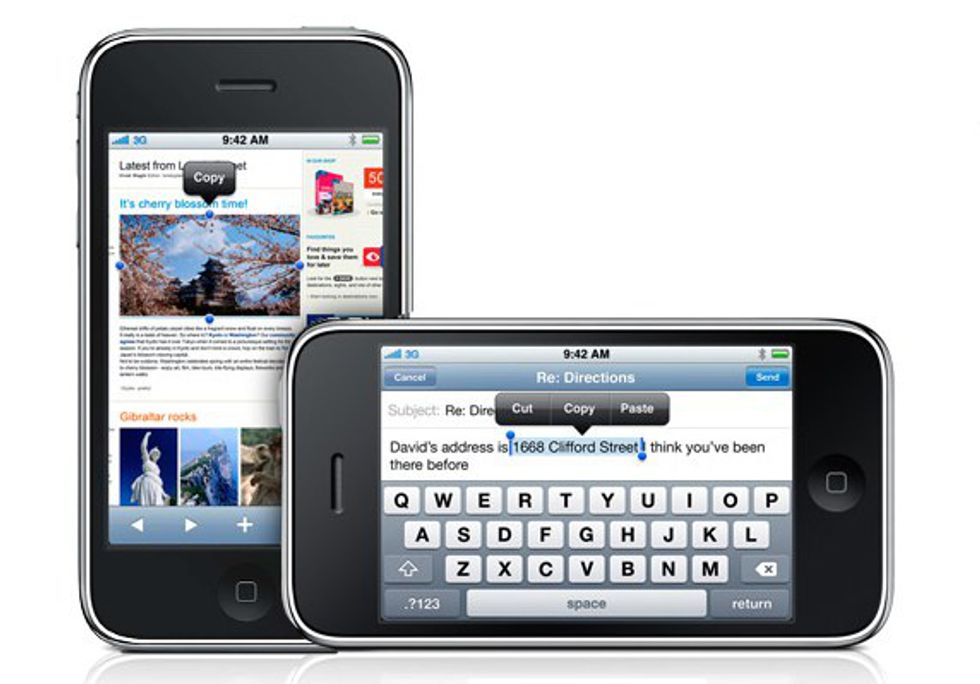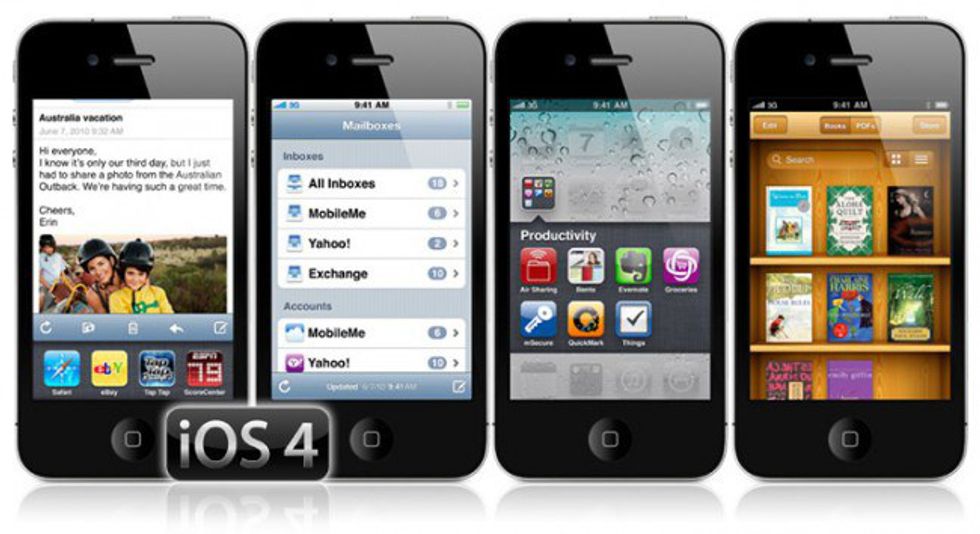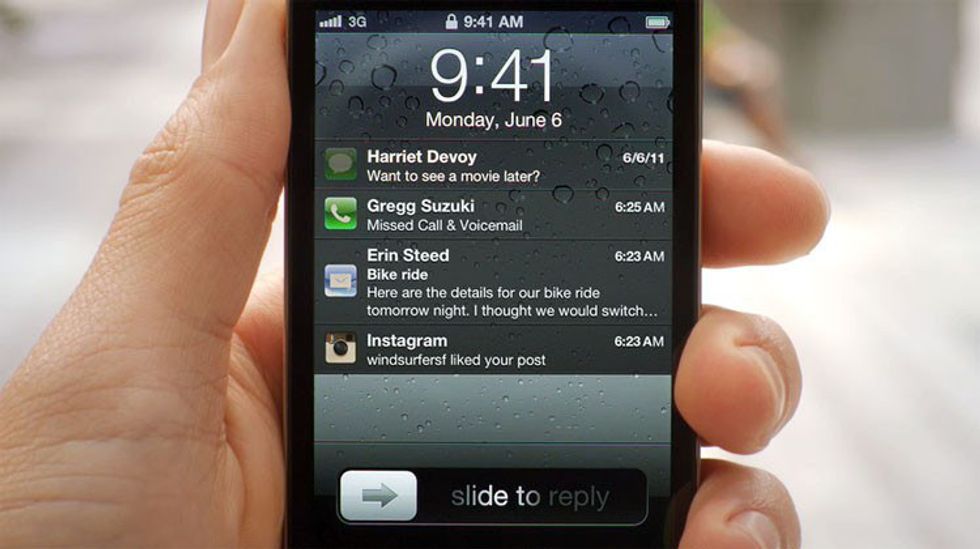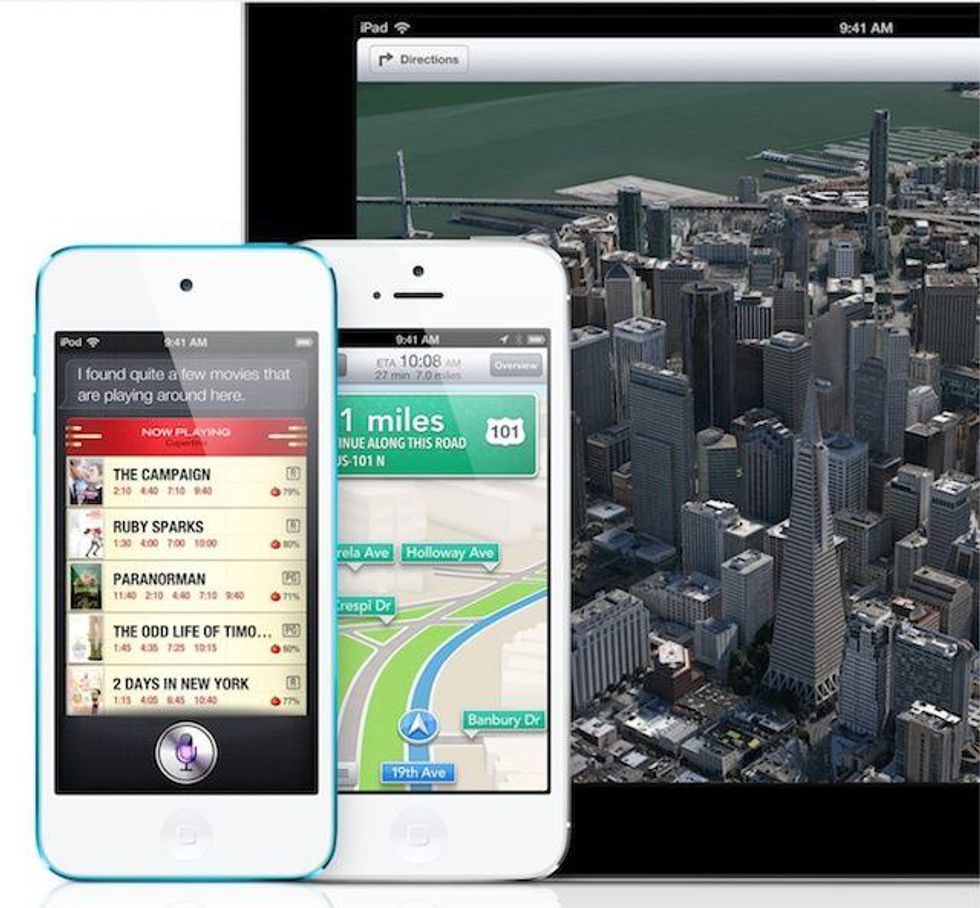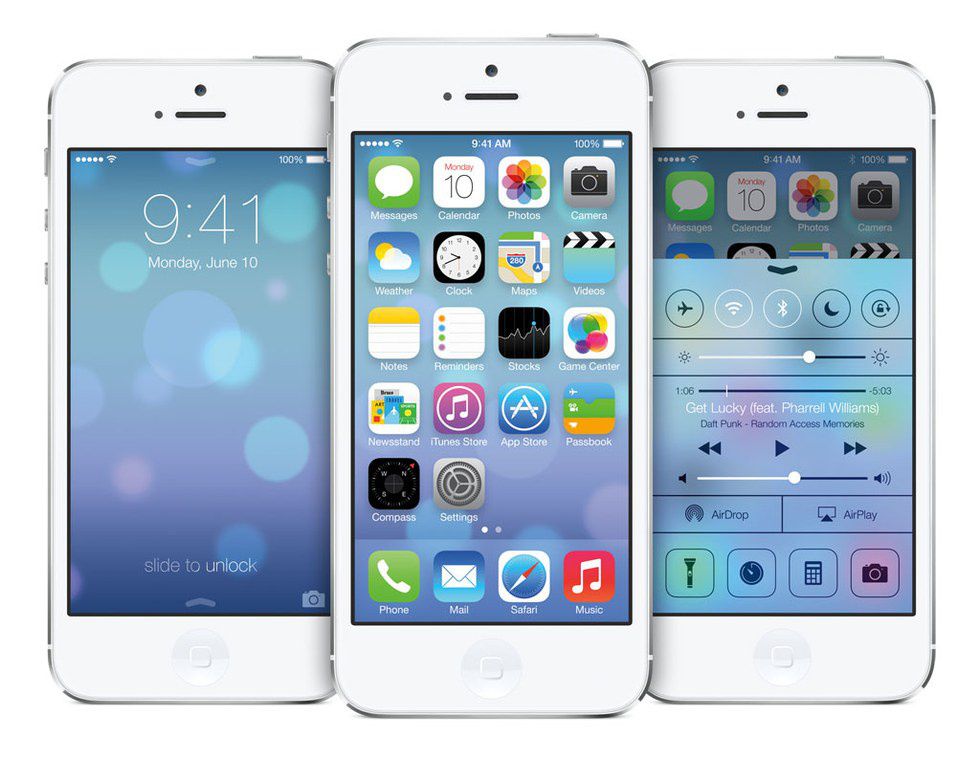Apple recently announced the release of the iPhone 7, which will take place on Friday, September 16. There has been much chatter regarding the updates that will take place with the launch of this new device, especially as we prepare to say goodbye to the headphone jack we never realized we loved so much. As we eagerly await the arrival of the iPhone 7 and all of its new innovations, let’s take a moment to reminisce on how the iPhone has evolved since its first model was released in 2007.
iPhone 1
The iOS 1.0 combined the cell phone, Internet, and iPod all into one device. Along with its 8 GB of storage and 320x480 pixel resolution, this served as a groundbreaking piece of technology when it was released on June 29, 2007.
iPhone 2
The follow-up model, the iOS 2.0, was released on July 11, 2008. Users were able to open Microsoft Office documents and, with the new App Store, now had access to thousands of apps that offered infinite opportunities. Apple also introduced email on the phone, along with home screen pages, the Contacts icon, the feature of taking screen shots, ability to save photos to the Photos app from Safari, parental controls, emojis, and the creation of Genius playlists.
iPhone 3
Apple introduced the iOS 3.0 on June 17, 2009, along with improved GPS accuracy, a magnetic compass, video recording, Find My iPhone, and spotlight search. The SMS app was renamed Messages, and users were finally able to cut, copy, and paste text on the phone.
iPhone 4
June 17, 2010, marked the release of the iOS 4.0, which introduced FaceTime, iBooks, a custom dictionary, multitasking, the GameCenter, and digital zooming on the camera. In addition, this device allowed multitasking so that users could switch what app they were using without restarting them.
iPhone 5
With 200 new features, the iOS 5.0, which was made available on September 21, 2012, added the notification center, iMessage, photo editing on the Camera app, wireless syncing, Twitter integration, Reminders, Cards, and Newsstand. It also presented the feature of multi-touch gestures so users could switch between apps faster and get back to the home screen by swiping with 4 fingers.
iPhone 6
On September 19, 2014, the iOS 6.0 marked a new set of innovative changes. This device presented a redesigned App Store, Apple’s new Maps app, the PassBook feature, new keypad, the ability to respond to incoming calls with text messages, and new developments for individuals with disabilities in hearing, learning, mobility, and vision.
iPhone 7
Set to be released on Sept. 16, 2017, this is reported to be the most advanced iPhone yet that will alter the iPhone’s role in our daily lives. This device contains 256 GB, advanced camera system, waterproof and dust-resistant design, flatter and more colorful graphics, a redesigned Home button, a new Control Center, and a battery life that lasts up to 2 hours longer than that of the iPhone 6s.
Apple is also introducing iTunes Radio, which creates an individualized radio station for users based on their preferences, as well as AirDrop, a convenient way for iPhone users to share pictures, driving directions, videos, and more. In addition, Apple has controversially removed the headphone jack, so that users will need to use wireless headphones, and replaced it with a second speaker, resulting in a sound system that is double as loud as that of the iPhone 6s.
Evidently, the iPhone has come a long way since its birth, but there is so much more coming our way. In a few short days, we will be faced with Apple’s most innovative iPhone model, and I can't wait to see it, along with the innovations future iPhones will bring.


